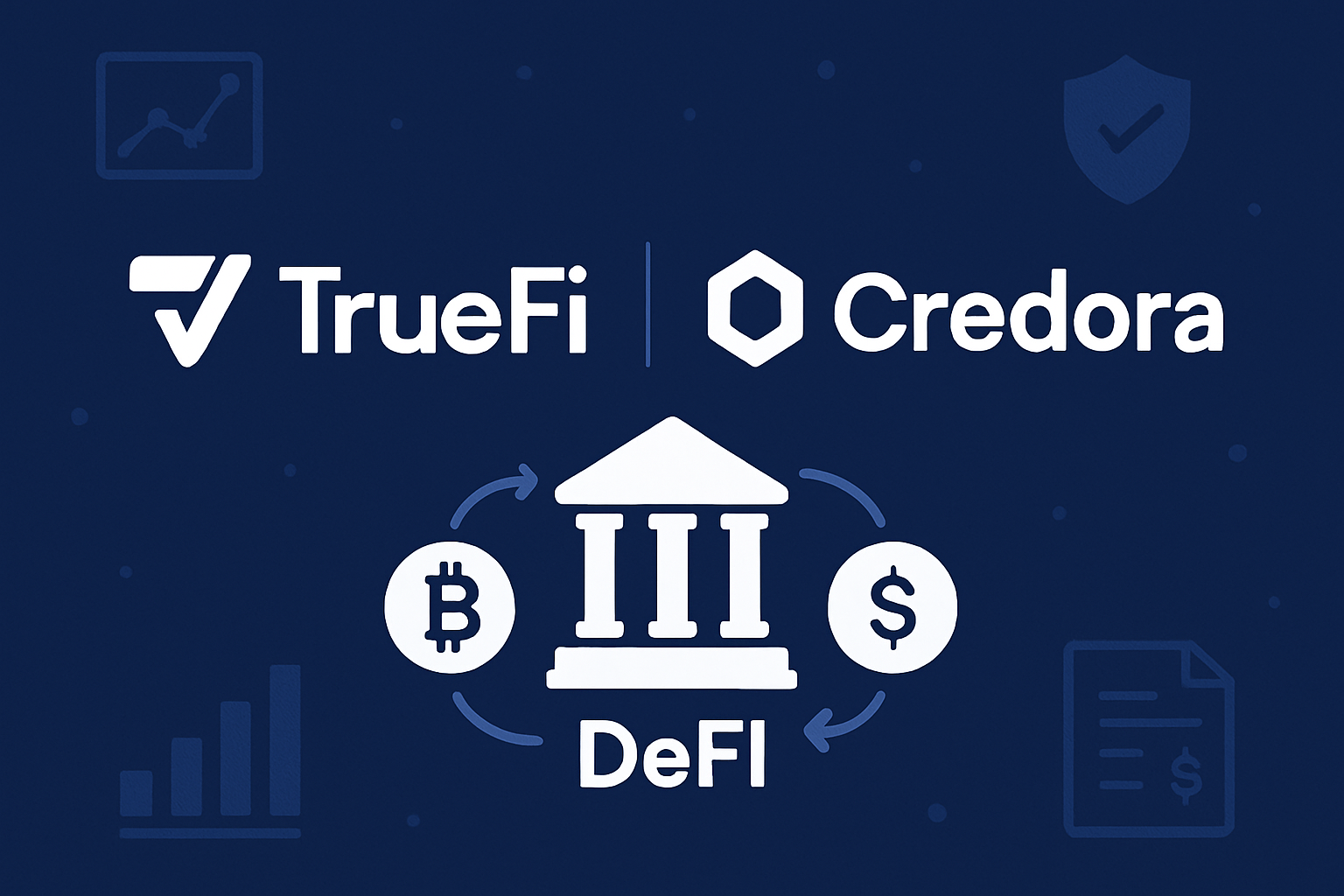
In the rapidly evolving world of decentralized finance (DeFi), under-collateralized crypto lending is emerging as a critical innovation for unlocking capital efficiency and expanding access to financial services. Traditional DeFi protocols typically require borrowers to deposit collateral worth far more than the loan itself, often up to 200%. This over-collateralization, while protective for lenders, restricts borrowing capacity and creates barriers for users without significant crypto holdings.
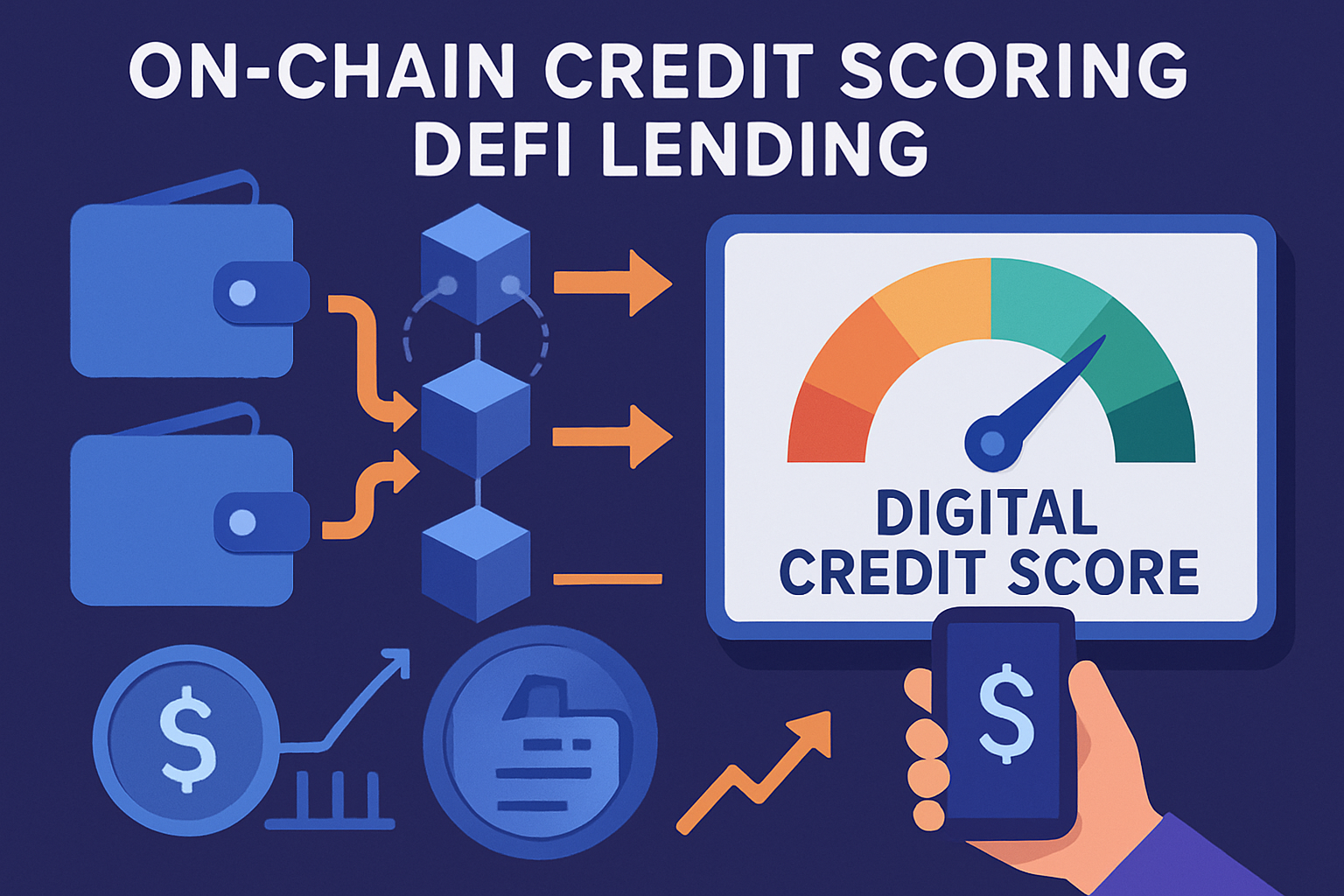
Why On-Chain Repayment Histories Matter in DeFi
The integration of on-chain repayment histories directly addresses these limitations by establishing a transparent, immutable record of borrower behavior. Unlike legacy financial systems that depend on opaque credit bureaus, DeFi leverages blockchain technology to record every loan origination, repayment, default, and liquidation in real time. This data forms the foundation for modern blockchain credit scoring, enabling risk assessment based on actual repayment patterns rather than mere asset ownership.
Protocols such as TrueFi and Credora are pioneering this shift by tracking borrowers’ performance across multiple loans. Consistent, timely repayments help users build a digital reputation that can be referenced across DeFi platforms. As a result, trustworthy borrowers can unlock higher loan-to-value (LTV) ratios and lower collateral requirements, creating new opportunities for those previously excluded from the market.
The Mechanics of Blockchain Credit Scoring
Blockchain credit scoring distills complex financial behaviors into actionable metrics. By aggregating data such as payment punctuality, loan sizes, frequency of borrowing, and outcomes like defaults or liquidations, platforms generate risk profiles that lenders can trust. For example, a wallet with a high on-chain credit score, reflecting consistent repayments, might receive preferential terms or access to exclusive lending pools.
This approach is already changing lender preferences. According to recent research (arXiv), lenders are increasingly prioritizing wallets with strong repayment histories and low default rates when offering under-collateralized loans. The transparency provided by blockchain ensures that these assessments are verifiable and resistant to manipulation.
Key Benefits of On-Chain Repayment Histories in DeFi Lending
-
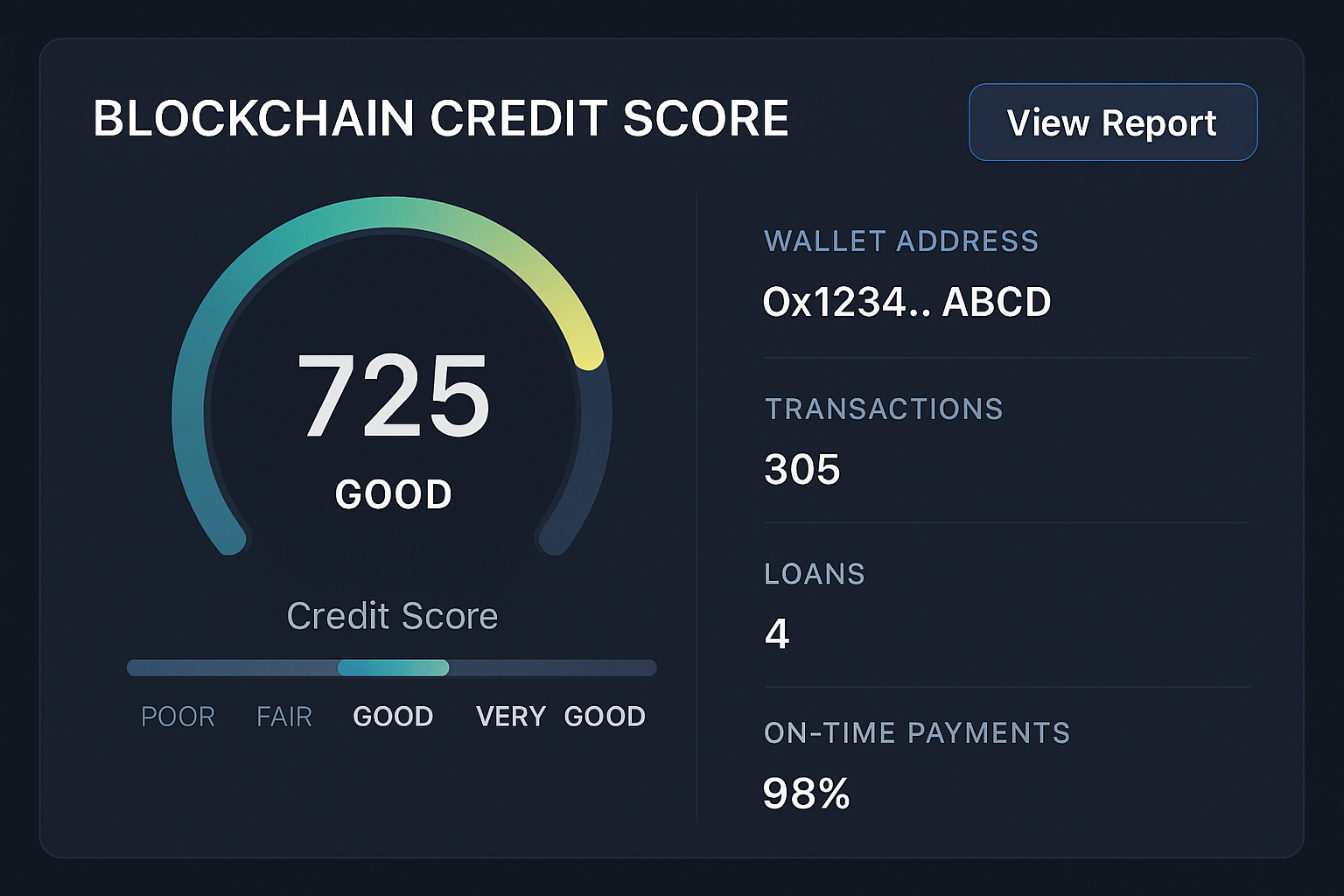
Enhanced Credit Assessment: On-chain repayment histories provide transparent, immutable records of borrowers’ past loan performances, enabling lenders to evaluate creditworthiness based on actual repayment behavior rather than just collateral amounts.
-
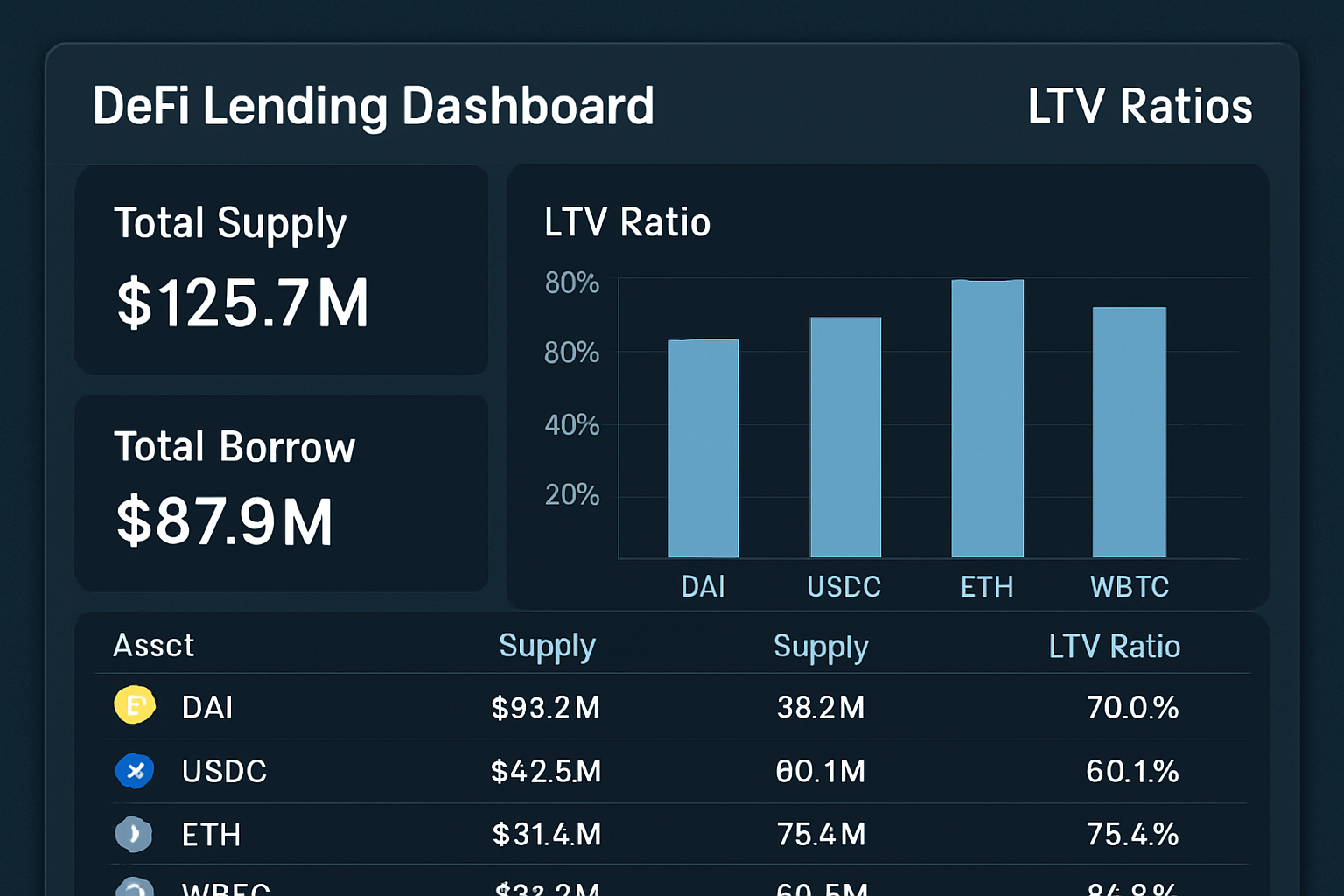
Improved Capital Efficiency: Borrowers with strong on-chain repayment histories can access higher loan-to-value (LTV) ratios and reduced collateral requirements, making capital allocation more efficient for both lenders and borrowers.
-
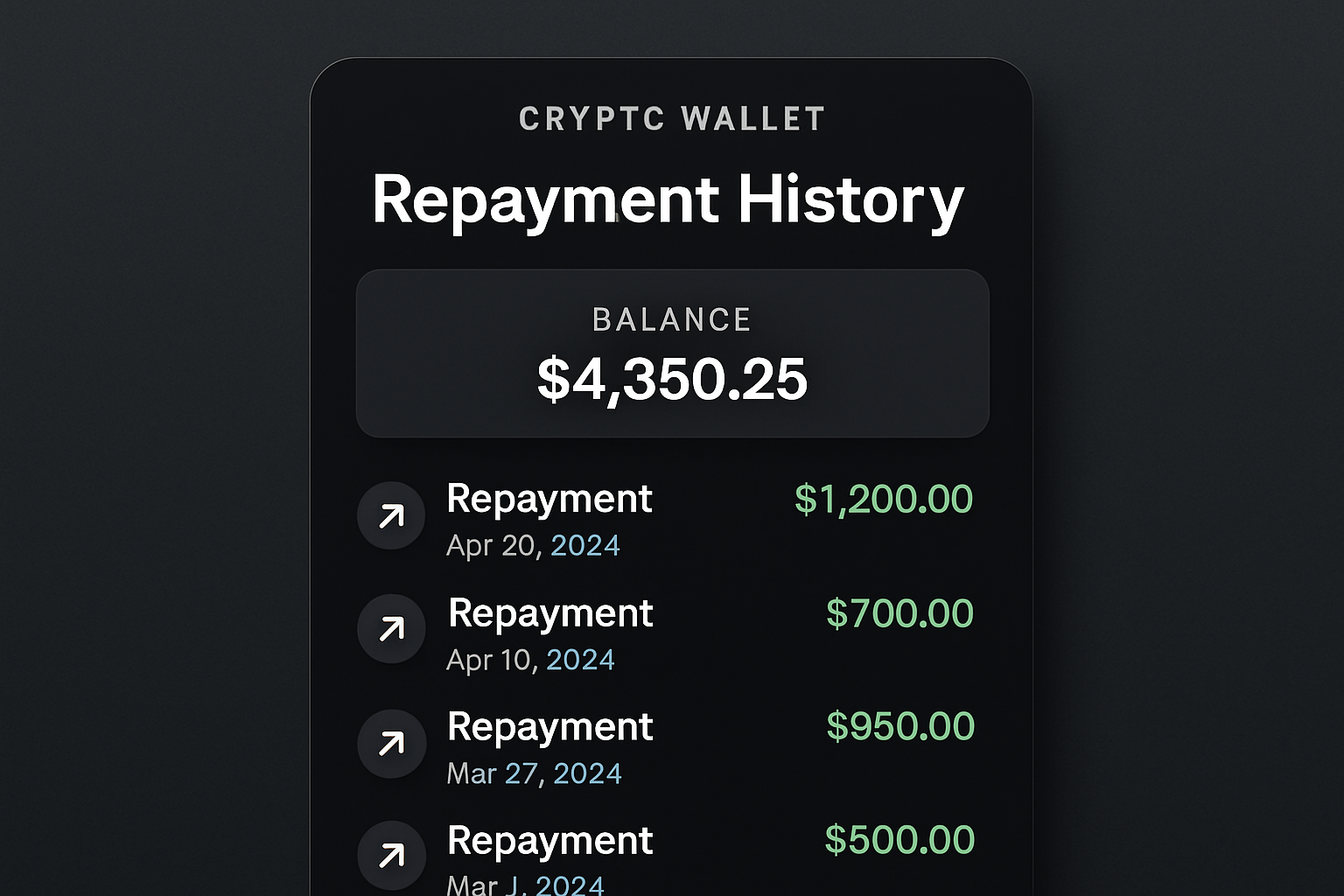
Incentivized Responsible Borrowing: The public and permanent nature of on-chain records motivates borrowers to repay on time to maintain or improve their credit standing, fostering a healthier lending ecosystem.
-
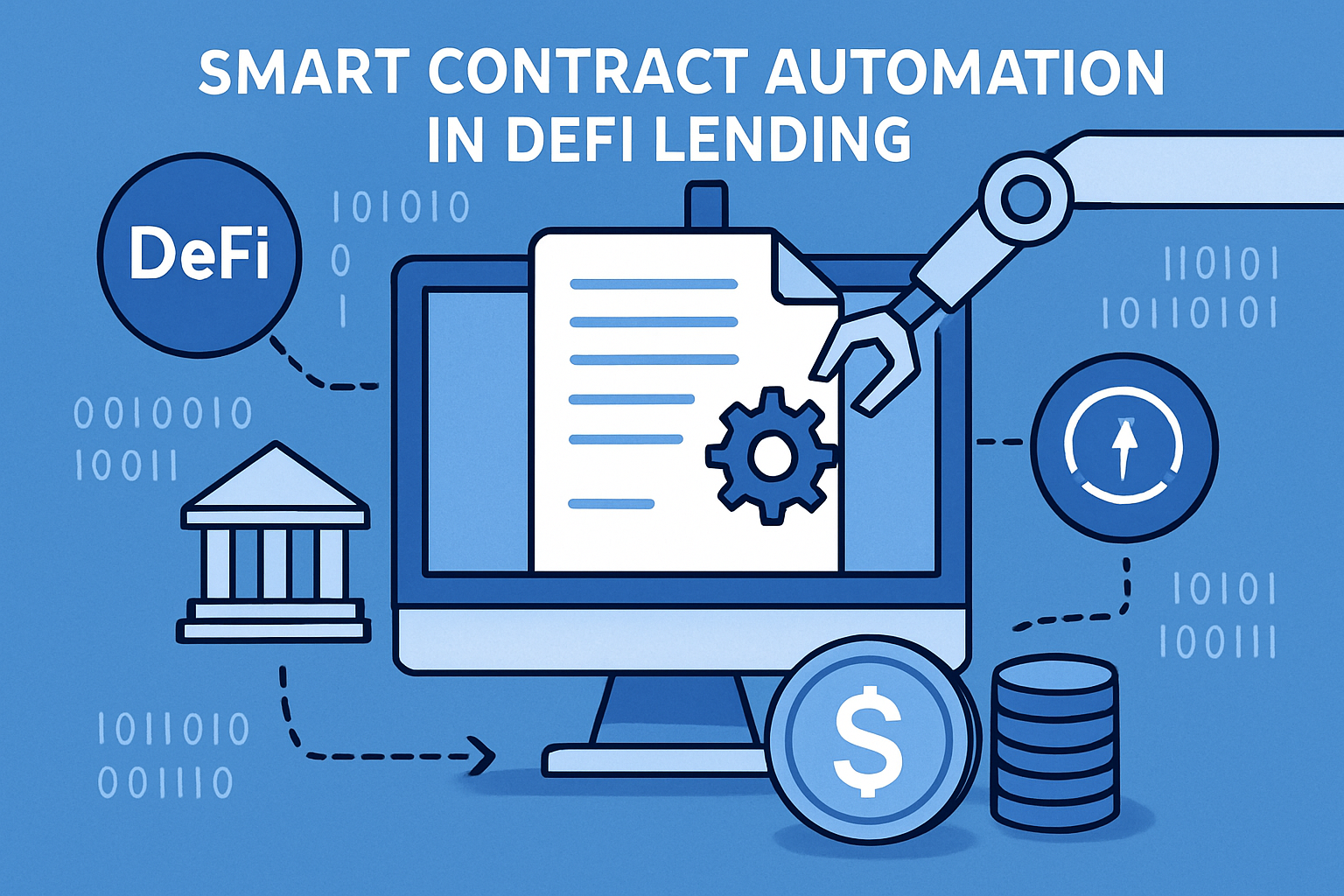
Automated and Trustless Risk Management: Smart contracts use on-chain repayment data to automatically adjust lending terms, reducing the need for manual intervention and minimizing counterparty risk.
Financial Inclusion and Capital Efficiency: Real-World Impacts
The implications extend far beyond improved risk management. On-chain repayment histories democratize access to credit by allowing users with limited assets, but strong borrowing records, to participate in DeFi markets. This shift promotes broader financial inclusion and invites participation from global communities historically underserved by traditional banking systems.
The capital efficiency gains are equally significant. By reducing reliance on over-collateralization, protocols can deploy liquidity more effectively across the ecosystem. Platforms like Creditcoin highlight how blockchain-based reputation systems enable responsible borrowers to access larger loan amounts with less locked-up collateral, freeing capital for productive use elsewhere.
Yet, the transition to behavior-based lending models is not without hurdles. One of the most pressing challenges is the lack of standardized frameworks for evaluating borrower reliability across protocols. Each platform currently employs its own metrics and risk models, creating fragmentation that can confuse both borrowers and lenders. As noted in recent analysis (Protechbro), this inconsistency introduces uncertainty and can slow adoption of under-collateralized lending solutions.
Security is another critical concern. The smart contracts underpinning these protocols must be robust enough to handle complex risk assessments and loan management functions. Any vulnerabilities in contract code could be exploited, potentially leading to significant losses for both lenders and borrowers. The open-source nature of DeFi means that while transparency is high, so too is the risk surface, necessitating rigorous audits and continuous monitoring.
The Role of Decentralized Identity in Credit Assessment
Decentralized identity (DID) frameworks are emerging as a powerful complement to on-chain repayment histories. By linking wallet addresses with verifiable credentials, such as proof of employment, KYC verification, or even off-chain credit data, DID enables more holistic credit assessments while preserving user privacy. This multi-dimensional approach helps address edge cases where on-chain history alone may not fully capture a borrower’s reliability.
Several innovative protocols now combine DID with transparent repayment records to deliver more nuanced DeFi risk assessment. These systems allow users to port their reputations across platforms, reducing friction and encouraging responsible financial behavior throughout the ecosystem.
What’s Next for Under-Collateralized Crypto Lending?
The future growth of under-collateralized lending in DeFi hinges on further standardization, cross-protocol reputation portability, and continued improvements in smart contract security. As more borrowers build robust on-chain repayment histories, and as lenders gain access to richer risk signals, the sector is poised for dramatic expansion.
Industry thought leaders predict that widespread adoption of blockchain-based credit scoring could unlock trillions in new value for DeFi markets (arXiv). More importantly, it opens doors for individuals worldwide who have historically lacked access to traditional financial services due to insufficient collateral or opaque credit reporting systems.
DeFi Protocols Using On-Chain Repayment Histories
-
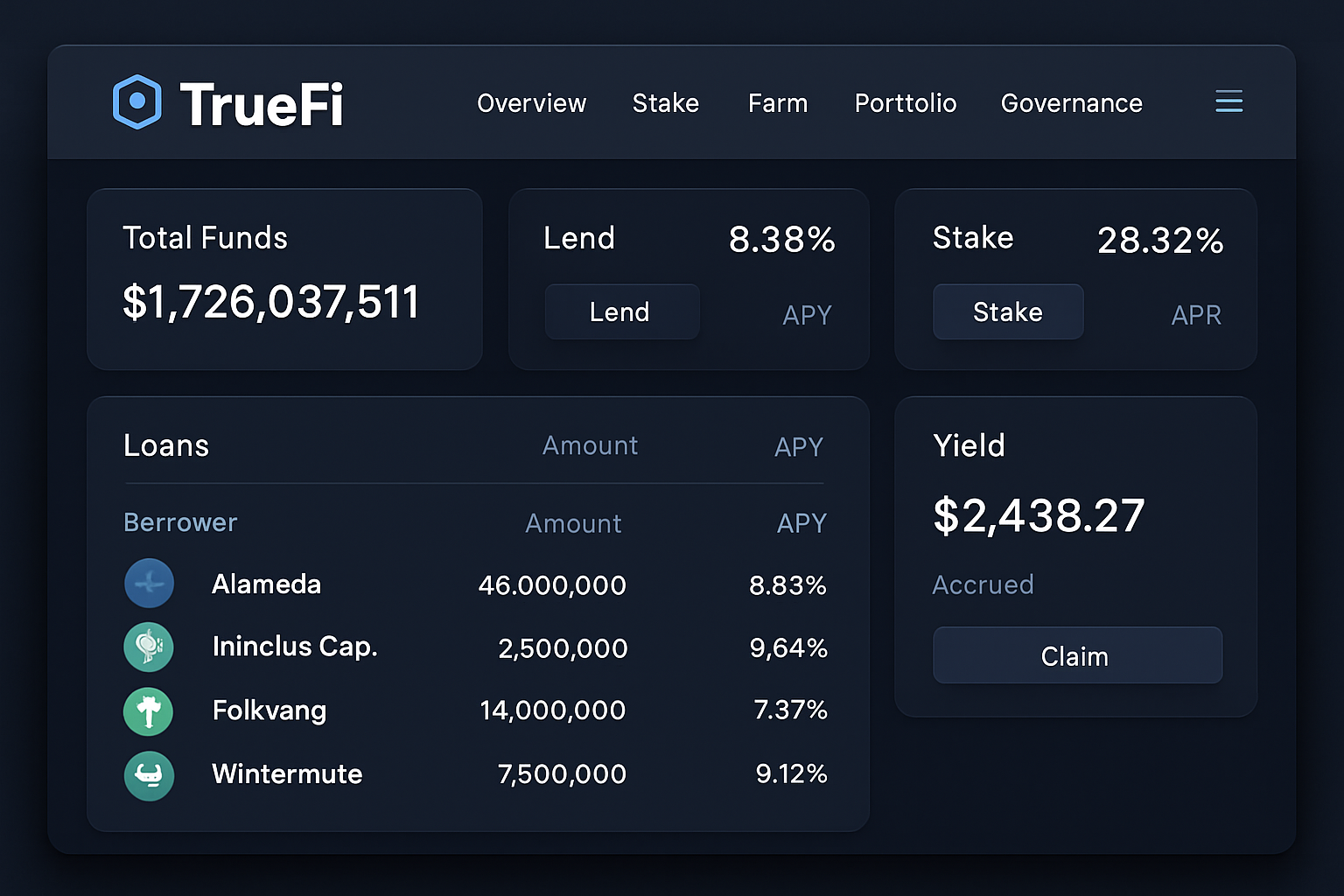
TrueFi enables under-collateralized lending by leveraging on-chain credit ratings and transparent repayment tracking. Borrowers build reputations through successful repayments, allowing access to larger loans with reduced collateral requirements.
-
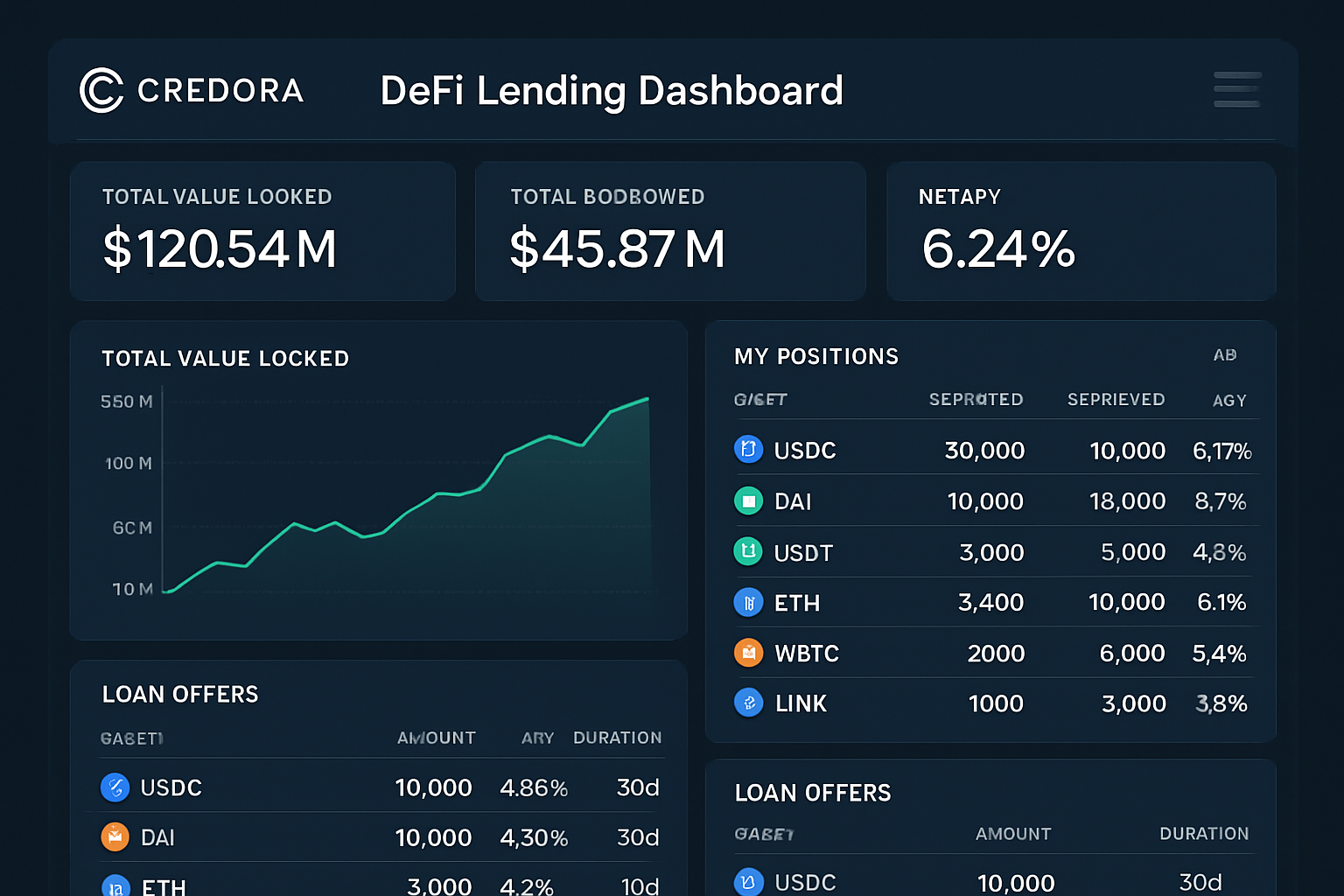
Credora utilizes on-chain repayment histories and credit analytics to assess borrower risk for under-collateralized loans. The platform combines wallet activity with repayment records to inform lending decisions.
-
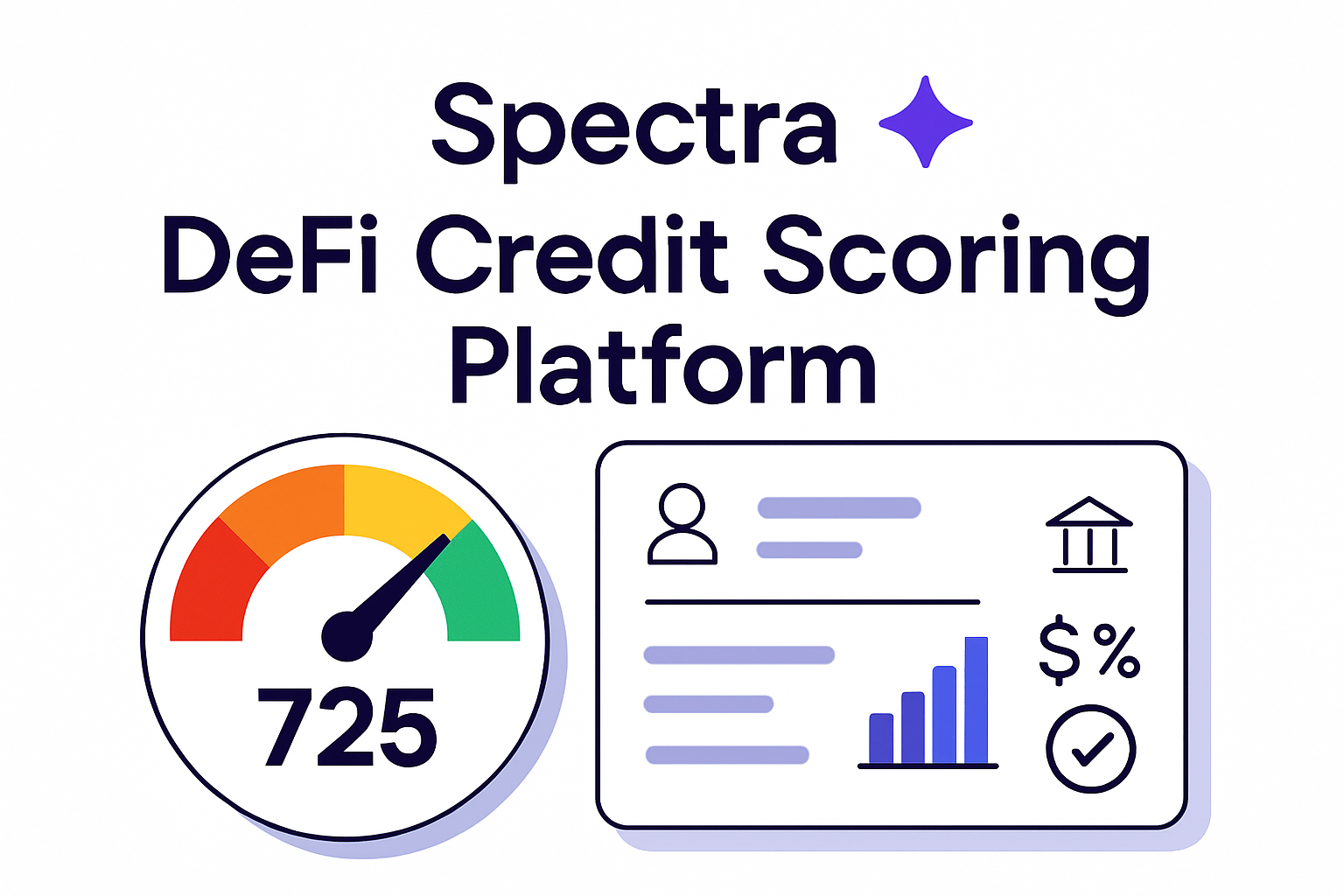
Spectra (formerly Spectral Finance) offers on-chain credit scoring by analyzing wallet histories, repayment behaviors, and protocol interactions. This data-driven approach supports under-collateralized lending by rewarding responsible borrowers.
-
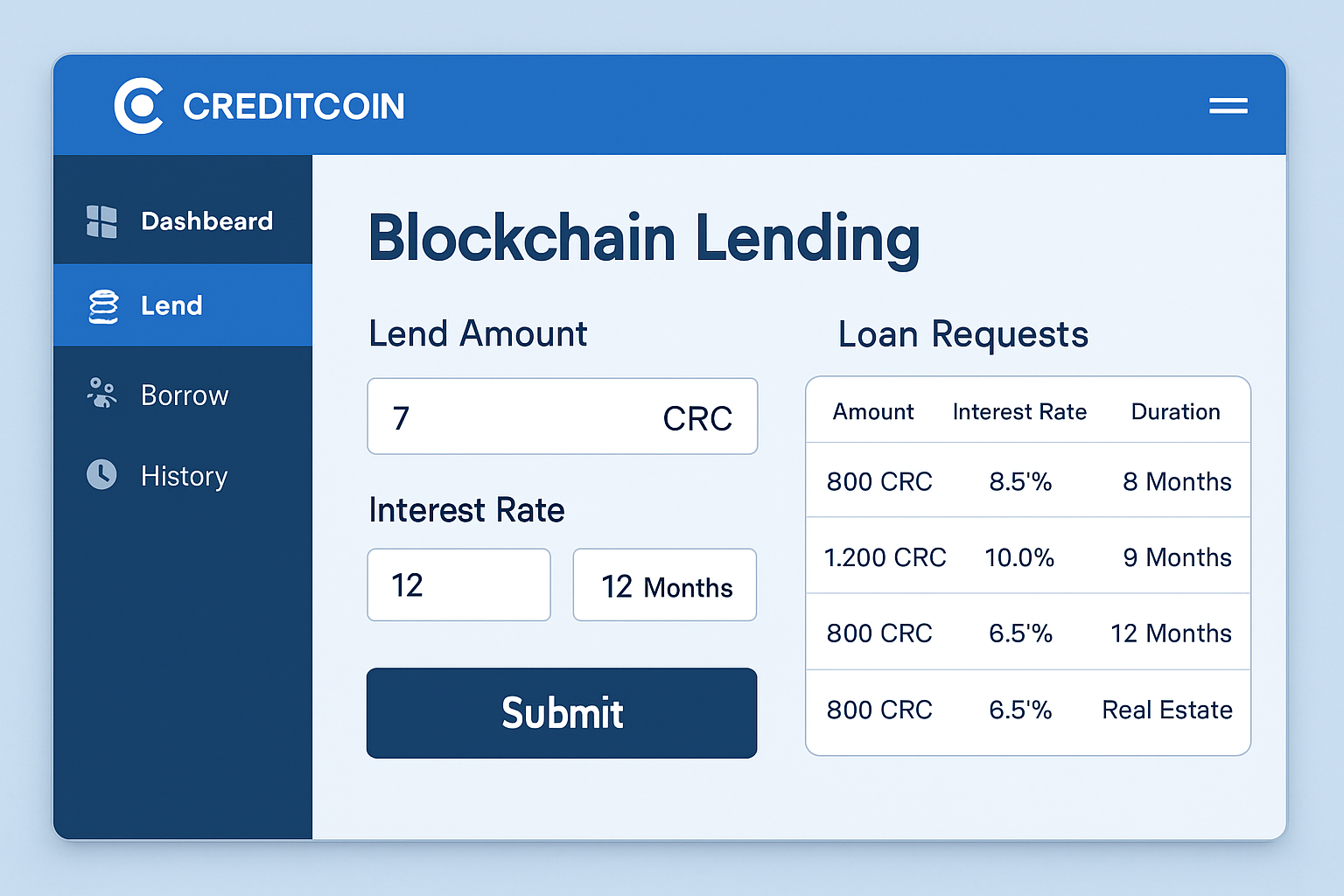
Creditcoin records loan repayment histories directly on-chain, creating a transparent and immutable credit profile for each user. This system enables lenders to evaluate creditworthiness beyond collateral levels.
Ultimately, the move toward behavior-driven lending marks a fundamental shift in how trust is established within decentralized finance. By anchoring risk assessment in transparent, immutable data rather than static asset balances or centralized credit bureaus, DeFi platforms can deliver both greater efficiency and inclusivity, qualities essential for sustainable growth.



